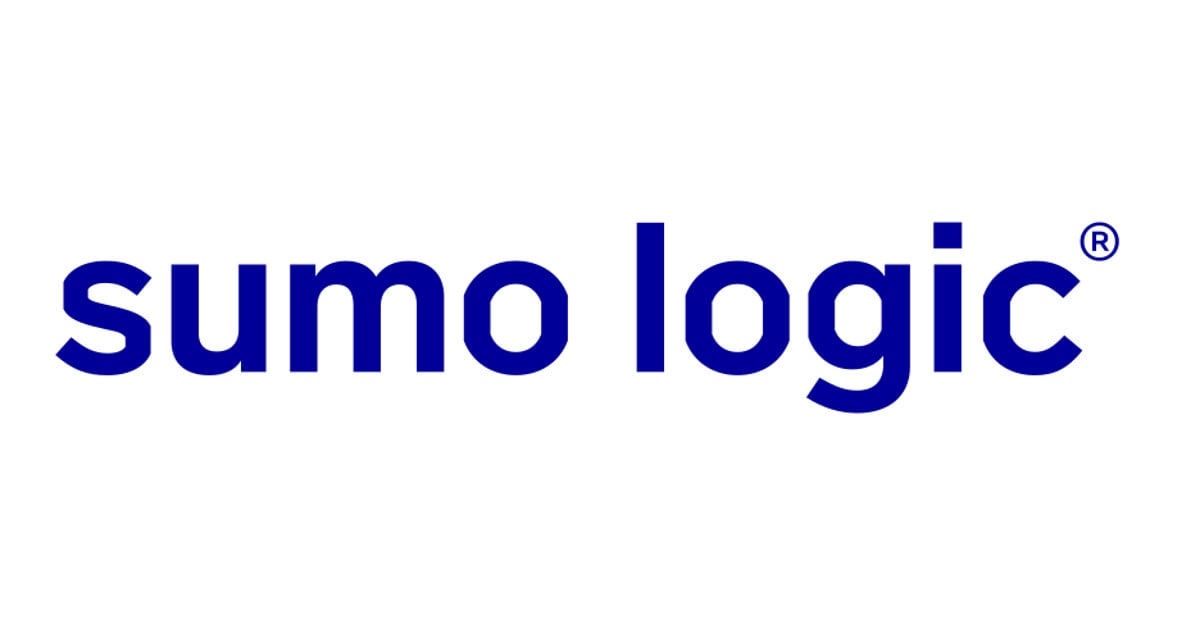
I attended the Webinar “Security Log Management: What? Like it’s Hard?”
Introduction
Hemanth from the Alliance Department here. In this blog i wanted to give an interesting summary of Webinar that i attended recently "Security Log Management: What? Like it's Hard?". Exploring about security log management given presented by professionals in the field.
Panelists for the Webinars
Chas Clawson, Field CTO - Security, Sumo Logic
Dmitriy Novikov, Sr. Solutions Architect, AWS
Gaurav Jaisinghani, Sr. Security Engineer, Woven by Toyota
Brandon Dunlap, Moderator
Various Insights of Security Log Management
The session started with an acknowledgment of the challenges around log aggregation. The focus was on three primary domains that encompass logging and analytics.
- The Data: The cost, overhead, and infrastructure design trinity of difficulties that are essential to the data problem were stressed by our first speaker. In a world where data is plentiful, effectively using it becomes crucial.
-
Following the Alert Maze: The webinar also emphasized the issue of producing an abundance of log data, which could be confusing without a clear emphasis. Is all of this data actually valuable, and are we properly utilizing its potential?
-
Human Factors: The human aspect served as the third dimension. The tools we use to manage these logs can occasionally be obscenely complicated. It's critical to strike a balance between robust functionality and usability. still the problem of log aggregation
Solutions of the Log Management
Preventing the development of new data silos. Instead, the focus was on centralizing logs into a single repository from which insights might be gleaned and answers can be drawn.
The importance of gathering enormous amounts of edge data. Even though storage might not be the most expensive component, data transport might be very expensive. A three-layered approach was suggested, with hot data having rapid access, warm data having limited accessible, and older data being placed in cold storage. This strategy reduces expenses while ensuring data accessibility when required.
Governance a Key Factor
The area of governance and data access soon came under the spotlight. It was emphasized how crucial it is to have a least privilege architecture for data access, reflecting the recognized idea in RBAC. The ability to seamlessly categorize data based on business units and geographic areas was thought to be dependent on robust tagging. Data consumption tracking has become an essential element for assuring accountability and transparency in world of analytics.
Automation of Common tasks
Automation takes into account the human element, improving security while conserving resources. This strategy fits in perfectly with SOAR, an SEIM system-related technology. Common use cases are addressed by SOAR, which automates operations like resolving false positives and lessens the workload for analysts.
Overcoming challenges caused by things like unauthorized configuration modifications and unexpected behavior is necessary for successful automation. Here, cooperation is essential since it allows for retrospective analysis and continuous improvement.
Journey of Modern Security

Threat Modeling
A proactive approach to threat mitigation was also discussed in the webinar. Teams from Security Operations Center (SOC) centers can improve alerting and monitoring of cloud environments by integrating a Security Posture Management solution with SEIM. This strategy incorporates threat modeling from the beginning, involves important stakeholders, and results in a clearly defined incident response playbook.
Data-Centric Approach
As the session came to a close, the necessity of aggregating data based on abstract models to enable simple querying and utilization came into sharper focus. All of the presenters' observations pointed to the significance of fostering traceability and observability inside applications and integrating security at all levels of workload.
Key Takeaways
Make data accessible to all parties involved, streamline your toolkit for easier management, and embrace automation as a path to more durable solutions. Maintaining a dynamic risk registry and conducting regular threat modeling and risk assessments were advised. The panelists all agreed that cloud-native solutions are the wave of the future, and that keeping ahead of the curve means adjusting to this trend.





